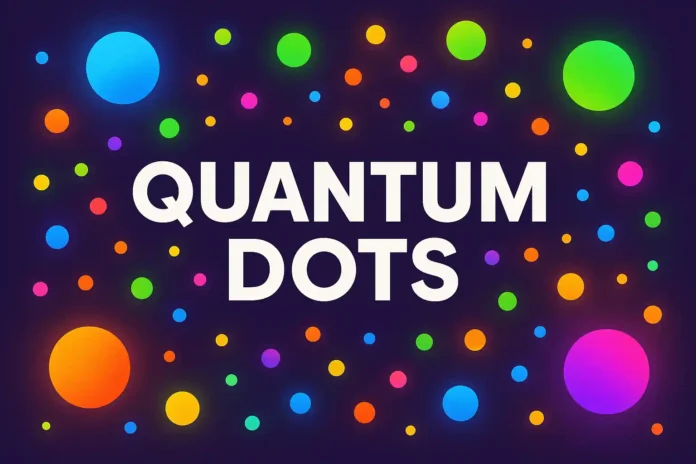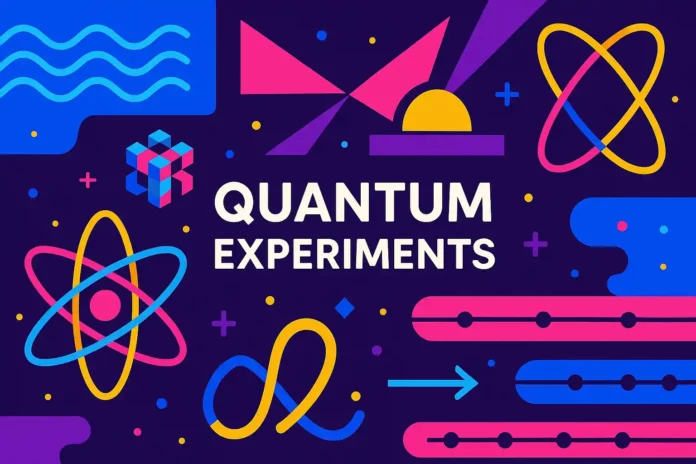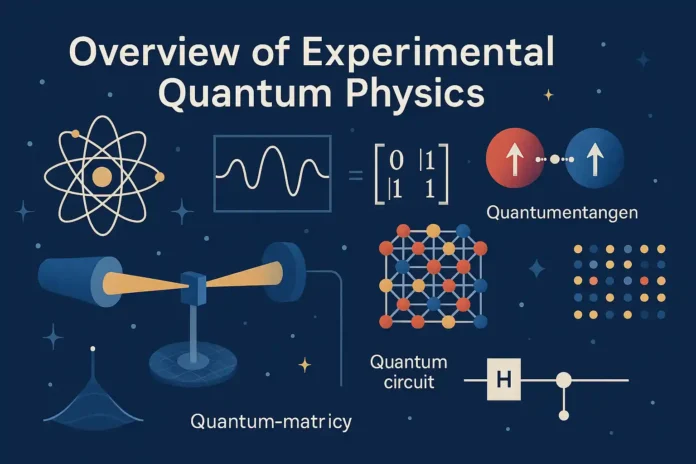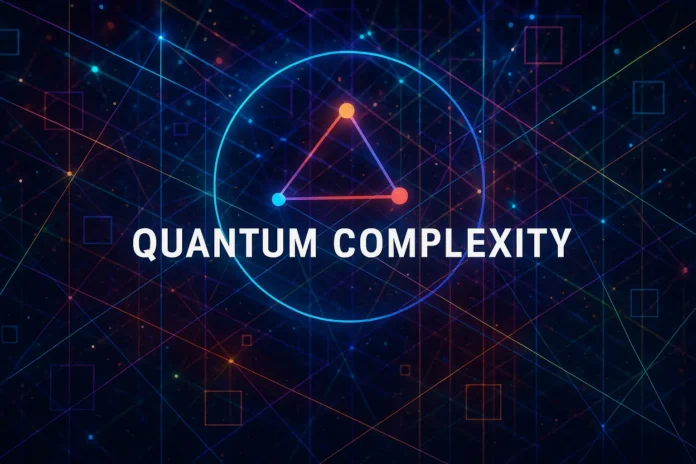Table of Contents
- Introduction
- What Are Quantum Dots?
- Quantum Confinement and Discrete Energy Levels
- Types of Quantum Dots
- Materials Used in Quantum Dot Fabrication
- Fabrication Methods
- Colloidal Quantum Dots
- Epitaxial Self-Assembled Quantum Dots
- Lithographically Defined Quantum Dots
- Electrical Control of Quantum Dots
- Optical Control and Photoluminescence
- Spin Qubits in Quantum Dots
- Quantum Dot Coupling and Tunneling
- Charge Sensing and Readout
- Coherence and Decoherence Mechanisms
- Temperature and Magnetic Field Effects
- Integration with Photonic and Plasmonic Structures
- Applications in Quantum Computing
- Quantum Dot Challenges and Scalability
- Conclusion
1. Introduction
Quantum dots are nanoscale semiconductor structures that confine charge carriers in all three spatial dimensions. Due to their discrete energy levels, they are often referred to as “artificial atoms” and are pivotal in quantum information processing and optoelectronics.
2. What Are Quantum Dots?
Quantum dots (QDs) are nanocrystals or heterostructures typically a few nanometers in diameter, where the motion of electrons and holes is quantized due to spatial confinement.
3. Quantum Confinement and Discrete Energy Levels
As the dot size approaches the exciton Bohr radius, quantum confinement creates discrete energy levels. The energy gap increases as dot size decreases, allowing tunable optical and electronic properties.
4. Types of Quantum Dots
- Colloidal quantum dots
- Self-assembled epitaxial dots
- Gate-defined semiconductor quantum dots
Each type has unique advantages in scalability, coherence, or fabrication control.
5. Materials Used in Quantum Dot Fabrication
Common materials include:
- III-V semiconductors: InAs, GaAs, InP
- II-VI compounds: CdSe, ZnS
- Group IV: Si, Ge
The material determines bandgap, confinement strength, and interaction properties.
6. Fabrication Methods
Techniques include:
- Molecular Beam Epitaxy (MBE)
- Metalorganic Chemical Vapor Deposition (MOCVD)
- Chemical synthesis (wet chemistry)
- Top-down lithography and etching
7. Colloidal Quantum Dots
Synthesized chemically in solution, these QDs are stable at room temperature and exhibit strong photoluminescence. They are widely used in displays, solar cells, and quantum dot lasers.
8. Epitaxial Self-Assembled Quantum Dots
Formed via strain-driven processes like Stranski–Krastanov growth. These dots are embedded in crystalline substrates and offer excellent optical and coherence properties.
9. Lithographically Defined Quantum Dots
Created in two-dimensional electron gases using gate electrodes to define potential wells. These are tunable and electrically addressable, ideal for quantum computing research.
10. Electrical Control of Quantum Dots
Gate voltages tune the charge and potential landscape. Coulomb blockade and single-electron tunneling are used for initialization and manipulation in single- and double-dot systems.
11. Optical Control and Photoluminescence
Laser excitation leads to discrete photoluminescence peaks. Time-resolved spectroscopy reveals carrier dynamics, Rabi oscillations, and exciton lifetimes.
12. Spin Qubits in Quantum Dots
Single electron spins confined in QDs form qubits. Spin coherence times and manipulation via ESR, EDSR, or optical Raman transitions are central to quantum information processing.
13. Quantum Dot Coupling and Tunneling
Double and triple quantum dot systems enable coherent tunneling, exchange interactions, and entanglement generation. Control over inter-dot barriers enables fast gate operations.
14. Charge Sensing and Readout
Charge states are detected using quantum point contacts or single-electron transistors (SETs). Spin-to-charge conversion allows indirect spin readout via tunneling events.
15. Coherence and Decoherence Mechanisms
Major decoherence sources include:
- Hyperfine interaction with nuclear spins
- Charge noise and phonon coupling
- Spin-orbit interaction
Mitigation strategies involve isotopic purification and dynamical decoupling.
16. Temperature and Magnetic Field Effects
Low temperatures (~mK) are typically required to isolate quantum states. Magnetic fields enable Zeeman splitting and spin selectivity in initialization and readout.
17. Integration with Photonic and Plasmonic Structures
QD emission can be enhanced or directed via coupling to microcavities, photonic crystals, and plasmonic antennas, enabling efficient photon collection and quantum light sources.
18. Applications in Quantum Computing
Quantum dots are used in:
- Spin-based quantum processors
- Quantum memory and repeaters
- Quantum-dot cellular automata
- Single-photon sources for quantum communication
19. Quantum Dot Challenges and Scalability
- Uniformity in fabrication
- Long coherence times in multi-dot arrays
- Scalable readout architectures
- Integration with control electronics
20. Conclusion
Quantum dots offer a versatile platform for quantum control, combining tunable quantum properties with diverse fabrication methods. They remain central to the development of scalable solid-state quantum technologies.





